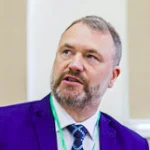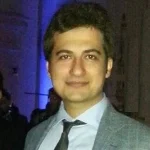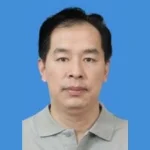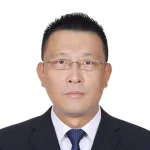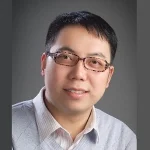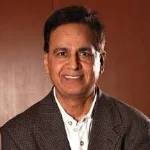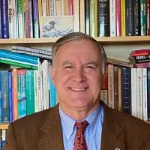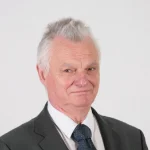53rd International Conference on VIBROENGINEERING is an integral part of Vibroengineering Series Conferences and will be held in Colombo, Sri Lanka.
Conference is dedicated to researchers, scientists, engineers and practitioners throughout the world to present their latest research results, foster discussion, new ideas, develop partnerships and also publish a conference paper in Vibroengineering Procedia. All JVE Conferences are integral part of the Series of Vibroengineering Conferences started in 1999. Vibroengineering Procedia is indexed in major scientific databases: Scopus, EI Compendex, Inspec, Gale Cengage, Google Scholar and EBSCO.
JVE conferences feature a broad range of high-level technical presentations, vibrant discussions and key experts and scientists from all over the world. The conference provides an opportunity to communicate your recent research advances, exchange ideas in innovative engineering technologies and enjoy endless networking advantages. With your participation, this Conference will prove to be an exciting scientific event, a fruitful opportunity to promote scientific research, technological development and its application.
Keynote speakers
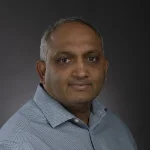

Aerospace vehicles are subjected to complexed dynamic loads which often leads to high vibration and noise levels in flight operations. The multidisciplinary nature of aerospace structures offers many opportunities to apply innovative smart structures technologies for aircraft vibration and noise control. This presentation provides a review of smart structures research performed at the Aerospace Research Center of the National Research Council Canada for aircraft vibration and noise control applications.
The active structural acoustic control (ASAC) technology has been developed as an alternative approach to reduce the propeller aircraft cabin noise by weakening the coupling between the exterior and interior cabin acoustics. The effectiveness to reduce the cabin noise levels at the propeller blade passage frequency has been demonstrated on a full-scale Dash-8-100/200 airframe. In addition, an active noise cancellation technology has been tested on a military helicopter flight helmet to demonstrate the enhanced hearing protection to the aircrew in the laboratory.
Current aircraft high-lift devices create discontinuities and gaps in the aircraft wing airfoil shape, leading to increased drag and noise levels. A morphing wing concept that can bend and extend smoothly at the leading-edge of the wing has been developed at NRC Aerospace. The proof-of-concept morphing wing model demonstrated the ability to achieve the required high-lift airfoil shape for optimized aerodynamics in aircraft cruise and takeoff/landing conditions.
Twin-tail fighter aircraft experiences intense buffet loads when flying at high angles of attack due to vortices, which reduces fatigue life of critical structural components such as the vertical fin. In collaboration with partners from the US and Australia, several adaptive and robust control laws have been developed by NRC for the smart structures based hybrid actuation system designed for the full-scale F/A-18 aircraft vertical fin structure. The dynamic strain at the root of the vertical fin was supressed significantly through representative experiments on the F-18 vertical fin structure through a TTCP international collaboration project.
The high vibration levels inside helicopter cabin exposes the aircrew to severe whole-body vibration environment, leading to poor ride quality of the vehicle and contributing to adverse health effects to the aircrew. An active helicopter seat mount technology has been developed to reduce the vibration transmission from the helicopter floor through the seat structures to the aircrew. Extensive experiments on the active seat mount installed with a Bell-412 pilot seat and various mannequin occupants have demonstrated that the active seat mount technology was able to suppress the aircrew whole-body vibration related to the low N/rev vibration peaks, which can extend the permitted exposure time as per the ISO 2631 standard that provides health guidelines for the human whole-body vibration exposure in vehicles.
Organizing Comittee


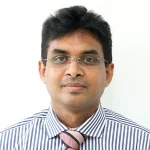














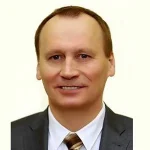

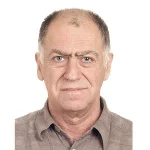


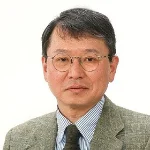


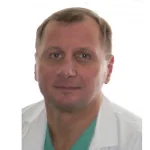

Conference Program
Sponsors and Partners
Conference in Colombo, Sri Lanka was organized by JVE International with the partnership of Sri Lanka Institute of Information Technology.
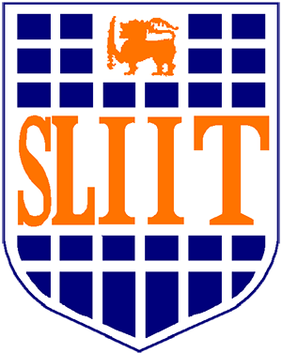
Sri Lanka Institute of Information Technology is a leading non-state higher education institute approved by the University Grants Commission (UGC) under the Universities Act. We are members of the Association of Commonwealth Universities (ACU), as well as the International Association of Universities (IAU). We are also the first Sri Lankan institute to be accredited by the Institute of Engineering and Technology (IET), UK and Engineering Council, UK.

Kaunas University of Technology had its beginning on 16 February 1922, when the University of Lithuania and its technical faculties were established. The development of Lithuanian scientific ideas continued in the first Lithuanian independent technical school of higher education (in 1950–1990 titled Kaunas Polytechnic Institute (KPI)). It was famous for the ultrasound and vibrotechnics laboratories, and scientific research of textiles. In 1990 KTU regained its status of the university and took a path of rapid reforms of studies and research. The University continues to pursue sustainable partnership of science, business and industry, develops and implements new ideas, innovations and inventions.
